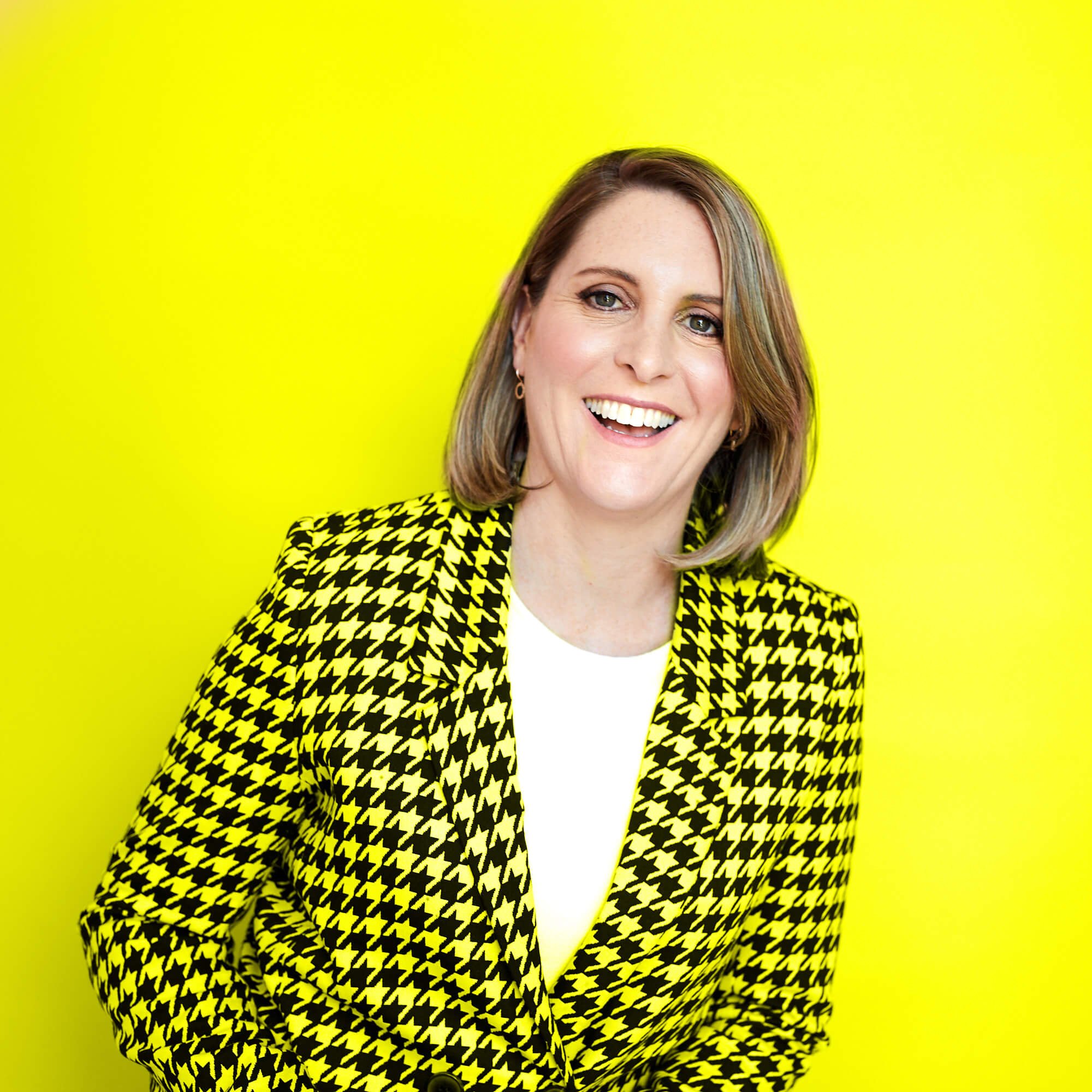In 2015, personal branding experts are like hipster cafes: there’s one starting up near you.
With enthusiastic promises to make you stand out and look great with the latest and greatest trend – I’m talking to you, double ristretto – it’s hard to separate the fair-trade organic from the freeze-dried instant.
Assuming you’ve accepted the fact that you do, indeed, need a personal brand (spoiler: you do – especially if you’re in the marketing, creative or digital fields), it becomes a question of ‘what’ and ‘how,’ not ‘why.’
The uncomfortable truth about personal branding
Even though the term gets tossed around today more often than at any point in time in history since its invention 25 years ago, the somewhat uncomfortable truth about personal branding is that the underlying concepts have been around for decades (even centuries).
At the end of the day, personal branding is good old-fashioned marketing, with a critical difference in focus: people, not companies.
Building your personal brand
So what does it take to market something — or someone — successfully?
The first, and most critical, step is positioning — it determines the power and influence of your brand. Getting this wrong usually means that your subsequent tactics and strategies fall flat on their face.
Positioning is a function of two things:
- market needs
- your strengths
Determining the exact blend is an intensely personal process and you won’t find the “right” answer online. There is no “right” answer at all, really — there’s simply one which produces the most value simultaneously for you and your target market.
Discovering this sweet spot for yourself is a personal experience; your success depends on your capacity for self-awareness as well as on your motivations, abilities, personality traits, and strengths.
More importantly, it depends on your ability to weave those elements as well as past career moves into a compelling and powerful brand story.
Last, but not least, it requires you have a finger on the pulse of cultural and technological trends on both global and local scale, which will enable you to tie your value and brand story to market needs in an intelligent, effective way.
Essential questions to ask yourself
Ultimately, building a personal brand is a process of communicating your value in a credible, compelling way to the right people. These questions are a good place to start:
- what problem do you solve?
- who do you solve it for?
- why did you choose this problem?
- what makes you different to anyone else who can solve this problem (could be the answer to the previous question)
The golden triangle
Find the intersection between what you offer and what the market needs — that’s your sweet spot for finding or creating work — but don’t stop there.
Just as it would be an exercise in futility to focus your brand on VCR repair, there’s no point in positioning yourself to solve a problem you couldn’t care less about. If you don't like the product you’re building yourself into, chances are you’re setting yourself up for misery and failure.
For a brand to be viable, authenticity is key, and spending your days schlepping through work you don’t care about is a sure-fire way to turn off your employers, clients, and partners.
If you haven’t found that golden triangle — a real problem, the skills and personality to solve it, and genuine interest — keep looking. Dig deep, and accept that there’s more than one way to catch a rabbit.
Distribute your message
Once marketers have determined brand positioning and features, they think about reaching their target market with their message — at scale. So, how do you expand the reach of your own personal brand?
In the past, this step was difficult and done mostly in person: networking at events, speaking at conferences, calling for appointments, and posting physical letters of introduction.
Today, the options for disseminating your brand are almost endless, with new channels opening up all the time.
- Build a branded personal website which showcases your brand.
- Add a touch of personalisation by using a custom TLD (Top Level Domain) such as yourname.designer or yourname.digital
- Consider engaging a designer, copywriter, and content marketing expert to help position and maximise the impact of your digital assets, or hire a personal branding agency that incorporates all of the above.
- Tell your story on LinkedIn, and check in regularly. Stay top of mind by sharing useful content, participating in relevant groups, and using a strong keyword strategy to ensure you’re found.
- Find one or two social media platforms you genuinely enjoy beyond LinkedIn, and communicate regularly, authentically, and openly. If you’re not convinced of the value of social media, think of it as ‘networking 2.0’: when you go to charity function, you’d likely initiate connections with friendly chitchat, not business talk. Social media is the same: focus first on connecting with people, and then on what you do and how you can help each other.
- Start a blog, and write about what you know. Even 5 years ago, many marketers considered blogs to be mostly useful for the SEO benefits, but that’s changed. Today, bloggers are recognised as influencers and thought leaders, and regularly secure partnerships, opportunities, and mentions in traditional media as a result of their online presence.
- Get creative in your search for niche communities. Who would have thought a year ago that people would be using an enterprise software service to network and build their brands? That’s exactly what is happening with Slack, which now boasts active communities ranging from Black Men in Tech to Product Manager HQ to People, for HR professionals and managers. Refer to Slack Chit Chats or Slack List for a curated list of teams, or consider starting your own.
- Continue to build in-person connections, leveraging both traditional routes, such as conferences and events, and by evolving your online relationships to IRL (in real life).
- Prepare an Elevator Pitch so you’re able to share who you are and what you do when you meet up with potential clients, employers, or partners.
What's worked for you? I'd love to hear, so please add your comments below.
ABOUT IRENE
A former HR Manager and Talent Acquisition Specialist, I once provided advice to top tier companies on their talent decisions. I now partner with C-level executives, non-executive directors and management professionals to position them as candidates of choice in today's ultra-competitive – and increasingly digital – job market.
Latest.

AI adoption failing isn’t the tech, it’s the people. How smart businesses overcome this.
Technology, Thought Leadership, Industry Trends

Temp-to-perm is the best way to hire today.
Hiring Insights

How to keep top talent: Strategies for successful onboarding
Hiring Insights, Ask Aquent, Training Resources


